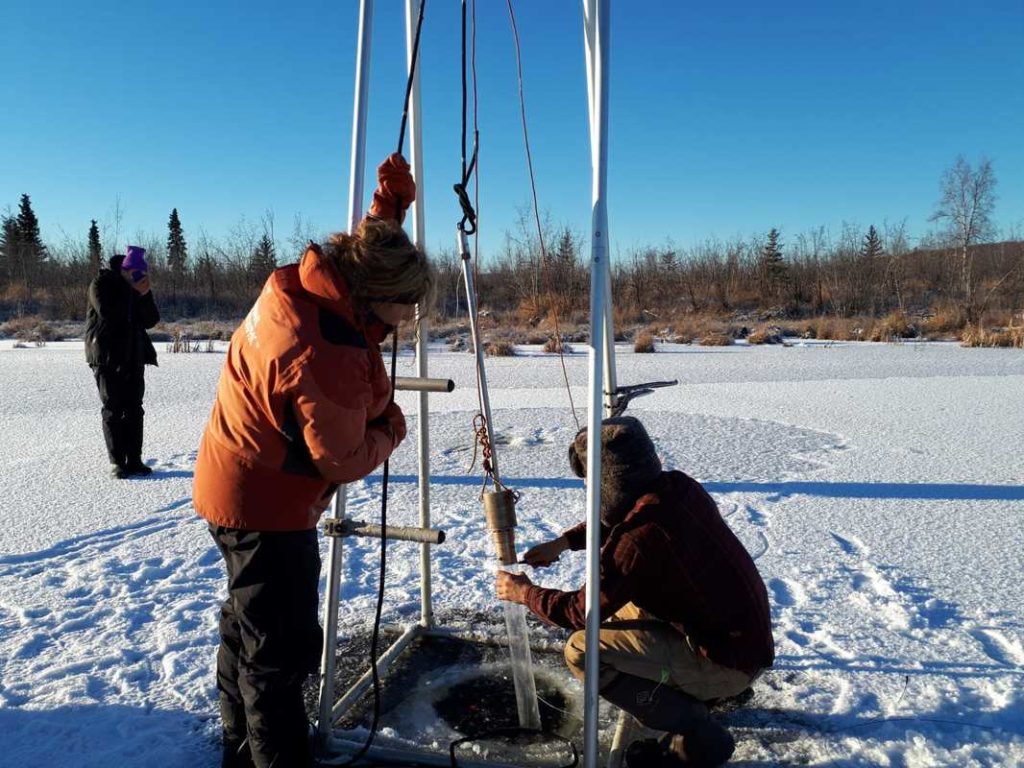
Printing 3D Coral Reefs to Save the Fish
Printing 3D Coral Reefs to Save the Fish
August 26, 2019
Fast Company – If you dive off the coast of Israel at a beach near the city of Eilat, you might come across a tall pole underwater covered in donut-shaped attachments. It doesn’t look like a coral reef.
But Prov. Nadav Shashar and team at Ben-Gurion University’s BGU Marine Lab are collaborating with the Technion Israel Institute of Technology and Bar-Ian University in the hopes that 3D printers can be used for rebuilding diversity in areas where reefs are dying.
Reefs are disappearing for multiple reasons, including dynamite fishing that blasts fish to the surface and turns coral into rubble; toxic chemicals in sunscreen; invasive fish; and crucially, climate change. If the average global temperature rises 2 degrees Celsius, 99% of coral reefs will be lost—and that will decimate part of the food system since reefs are crucial nurseries for fish that feed more than a billion people around the world.
Using a 3D printer to build a structure to replace part of a damaged reef can’t tackle the underlying problems facing reefs. But it could potentially help support fragile ecosystems in areas where reefs have been so damaged that they aren’t likely to regenerate on their own.
Watch the amazing journey of 3D-printed coral reefs from computer design to underwater installation.
Now being tested in Israel, the design looks less like coral but is similarly complex. A computer program generates differences in the design so that each printed part can attract different types of fish. The ceramic structures, made from cheap local clay, can be quickly installed and then planted with coral.
It’s not a complete solution; if there aren’t enough living corals on a structure, it won’t be able to grow to keep up with sea-level rise.
Ultimately, the world needs to tackle the underlying problem of climate change, in which an 11-degree rise in the temperature of the surrounding waters has already been seen on the testing site. The researchers expressed that this was a clear example of the way water is heating up around the world, and the urgency of finding ways to protect coral, which is sensitive to even small changes in temperature.
The research team hopes to eventually build a large 3D-printed garden in the area to make it a test for reconstructing a completely dead reef.
Read more on the Fast Company website>>





